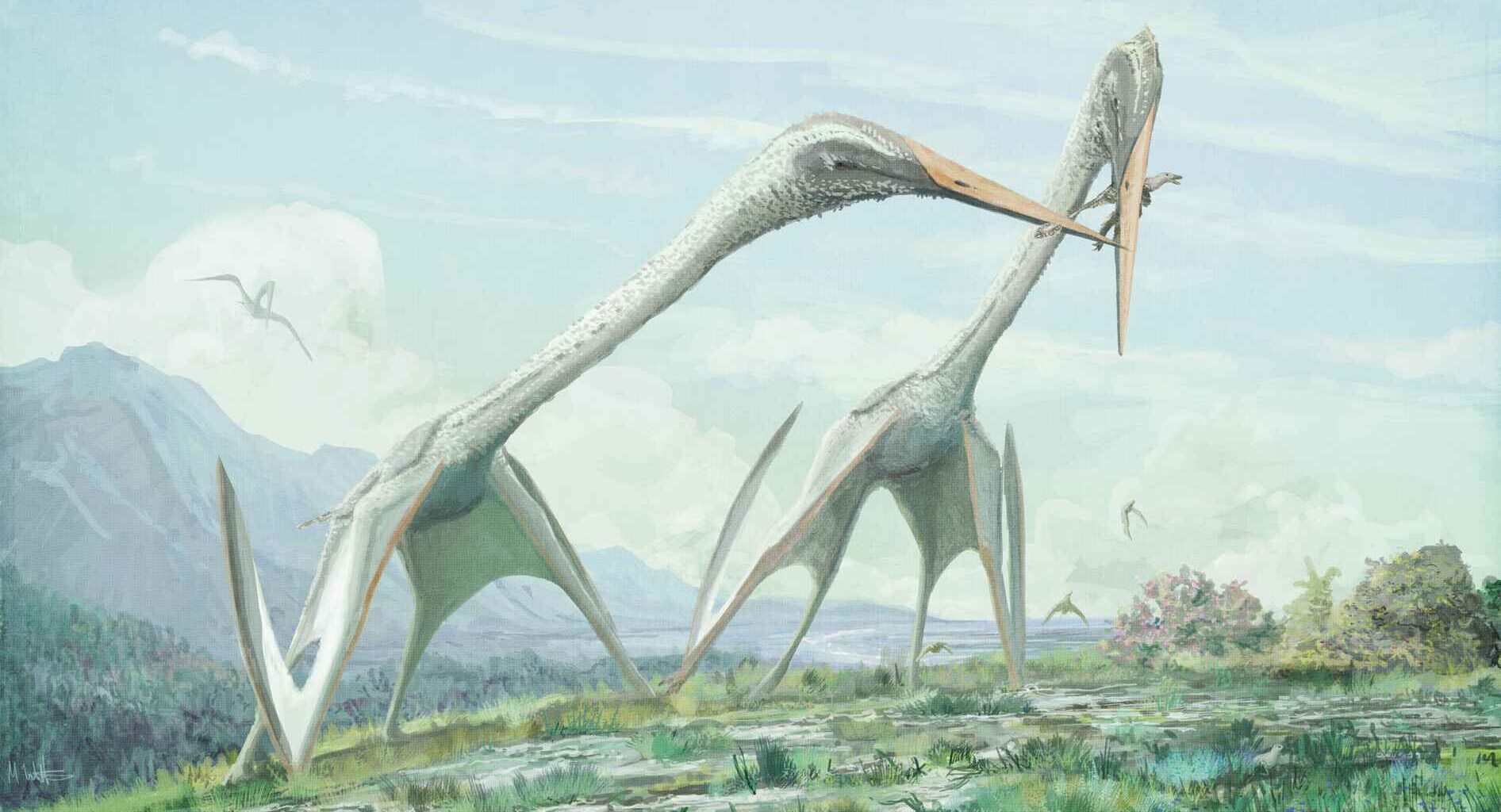A fossil found in central Syria has been confirmed as part of a pterosaur that lived around 70 million years ago. This marks the first time such a discovery has been made in the country.
The fossil includes part of an upper arm bone, which points to the creature being one of the largest flying animals ever to exist. Experts believe the wingspan may have stretched more than 10 meters, about the size of a small plane.
Although the fossil was originally found over two decades ago at a phosphate mine near the ancient city of Palmyra, it remained unstudied for years. Continued fighting in the region and limited research tools prevented proper analysis. Only recently did Syrian paleontologist Wafa Adel Alhalabi revisit the forgotten specimen and uncover its true significance.
Rediscovery of pterosaur bone sparked by home-based research in Syria
Alhalabi, working without a lab or official support, took the fossil to her home in Latakia. There, she cleaned and studied it using simple tools and her own resources. The process caused dust and noise that disrupted her household, but she continued the work out of dedication.
Her study revealed that the fossil was the left arm bone of a massive flying reptile known as a pterosaur. Based on its shape and size, researchers have linked it to the Azhdarchidae family — a group of long-necked, toothless reptiles that soared through the skies during the last years of the dinosaur age.
These creatures, such as Quetzalcoatlus and Hatzegopteryx, are known not just for their flying ability but also for walking on land and hunting smaller animals. Their fossils have mostly been found in places like North America, Europe, and Asia.
Discovery expands knowledge of ancient reptile range
The Syrian bone measures just under 30 centimeters. When compared to similar fossils, experts believe it belonged to a pterosaur nearly as large as Quetzalcoatlus northropi, a species that had a wingspan of up to 11 meters and once ruled the skies above what is now Texas.
Felipe Pinheiro, a paleontologist from Brazil who co-authored the recent study, said the Syrian fossil adds new information about where these flying giants once lived. Unlike most finds, which come from dry inland areas, this fossil came from ancient seabed deposits in the Palmyrides mountain range.
At the time this reptile lived, the area that is now Syria was covered by a shallow sea. Scientists say this find hints that pterosaurs may have lived along coastlines, not just inland.
Alhalabi believes the fossil is a key part of Syria’s prehistoric puzzle. She says this rare discovery highlights the country’s untapped fossil history and shows the need for more scientific exploration in the region.
